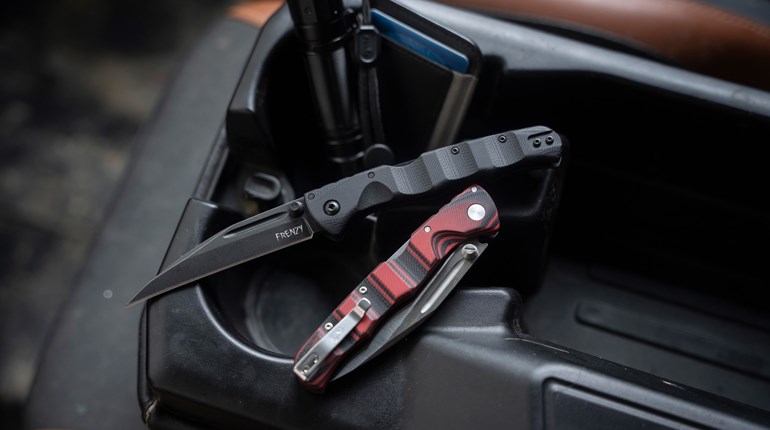
It almost seems that everywhere you look, there is a new holster coming out for every square inch of our bodies. As if we could possibly carry our firearm anywhere we want to anymore. Just because we “can” do something doesn’t necessarily mean we “should.” When choosing a holster for your carrying needs, it is very important to make sure it has everything that a holster needs to fulfill its purpose. A holster isn’t just an optional decorative accessory to your firearm. It is an absolute must if you want to safely carry or carry and conceal your gun. Any holster you choose should have a good trigger guard and you should make sure it is a good fit for you. We are not all shaped the same, so a holster that provides a good fit for one person might not be so good for another. Safety is imperative for any holster you use in any position, so keep that in mind when you’re trying to find one that fits and works best for you.
Once you have that part figured out, it’s time to consider which position you should carry in. This is just as important as having a good holster. We carry a firearm for self-defense, to protect ourselves and the ones that we love. Carrying a firearm will bring you protection only if you are able to present it and use it when needed. Whichever carry position you choose, I cannot stress the importance enough of practicing your draw from that position. It is also important to practice your draw from each new holster you obtain. In a life-threatening situation, every second matters.
I have compiled a list of the top five places to carry and why. There are certain positions that are much more advantageous and practical than others.
- Appendix

People tend to either love or hate this position. Based on your specific physical build, this might or might not work for you. One misconception is the fear people have that the firearm will negligently discharge in this position. This is simply not the case. With a proper holster and a good trigger guard, this is a very safe position to carry. It is also very practical. You have your firearm in front of your body, right at your core. This enables you to reach and draw your firearm very quickly. It is also very easily accessible if you find yourself in a physically compromising position. Typically no matter how we are positioned, we can generally reach and access our core.
- Hip—IWB
t the hip, inside the waist band, is also a good and easily accessible position allowing you to quickly get to your firearm. This position is actually quite ideal for concealment. It is off to the side of your body and out of the line so sight. We typically keep our arms down to our sides, so that provides a type of camouflage or distraction as well.
- Shoulder
Carrying in a shoulder holster might not be the best position for some, however it is a viable option that also provides deep concealment. Again, it is a position that provides easy access. This is definitely one that will take some practice to learn to draw from, so please be diligent and safe.
- Thigh/Ankle
Typically, women will opt for a thigh holster as it offers a convenient way to carry without sacrificing every dress in their wardrobe. Men tend to lean toward the ankle carry position, especially when they have decided to carry a back up firearm. Each of these positions, with practice, can become wonderful go-to options for carrying concealed.
- Hip—OWB
This has got to be one of my favorite ways to carry. Carrying on the hip position, outside the waist band, is a great position to access and draw your firearm quickly. It also is a wonderful choice in colder weather as you can conceal with an oversized sweater, sweatshirt or a suit jacket. There is also a higher level of comfort with OWB carry versus IWB.

I would try to avoid small-of-the-back carry and bra holsters. With a gun in the small of your back, it takes longer to draw and present your weapon as you must bring it around your body. You are also taking a greater risk at muzzling something you may not be able to see, and you’ll probably have more difficulty getting your sight acquisition as quickly as you could from the other positions. Another downfall of this position is placement. If for some reason you were in an altercation and ended up on your back it would be highly difficult to retrieve your firearm, especially if someone had their weight on top of you. Bra carrying presents similar complications. Muzzling is a factor, as is not-so-quick retrieval. However, if for some reason these seem to be your only viable options, a good holster and dedicated practice of your draw and presentation will aid in making these more ideal in your every-day-carry needs.
Each person is unique. Daily carry of a firearm is a personal choice. No person can dictate or give you an exact set of rules to follow. Obviously common sense always applies. Each person must be vigilant about safety, for themselves and others. Beyond that, it comes down to what works best for you. What fits you best and what your body responds to with the most accurate outcomes. Carrying a firearm is your Second Amendment right, and I highly encourage you to exercise it. It is ultimately your decision to find what fits and works best for you. Once achieved, carrying will become a natural part of life.


































